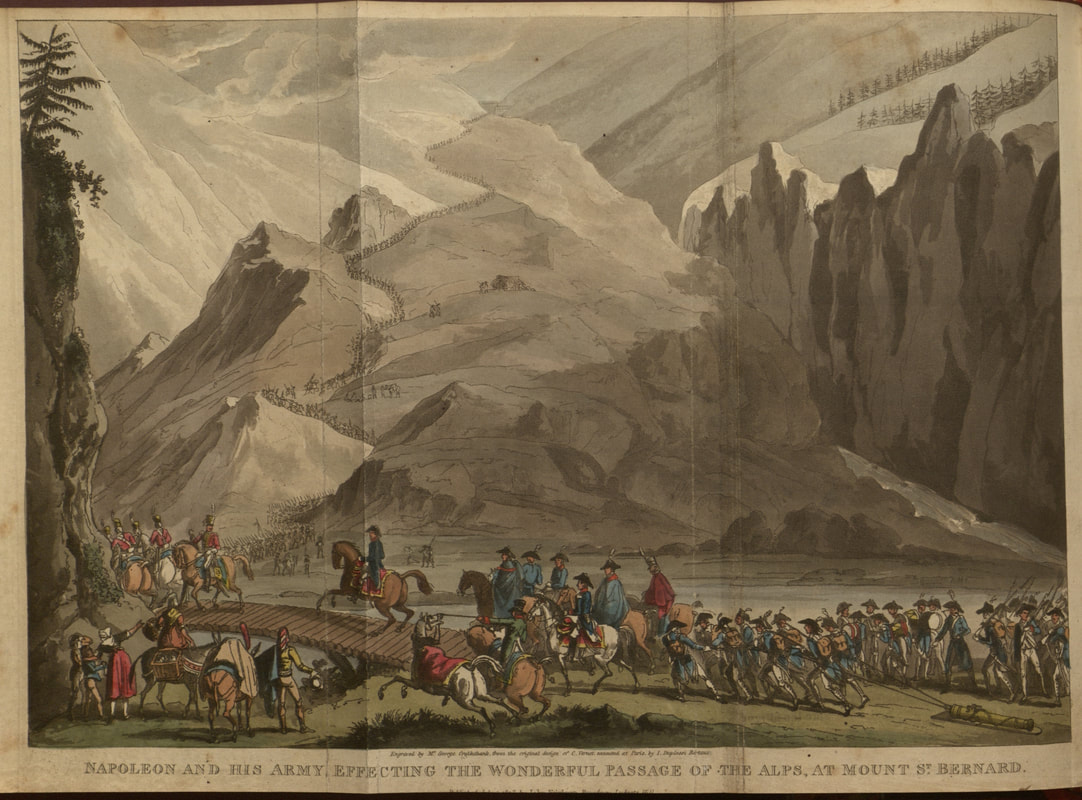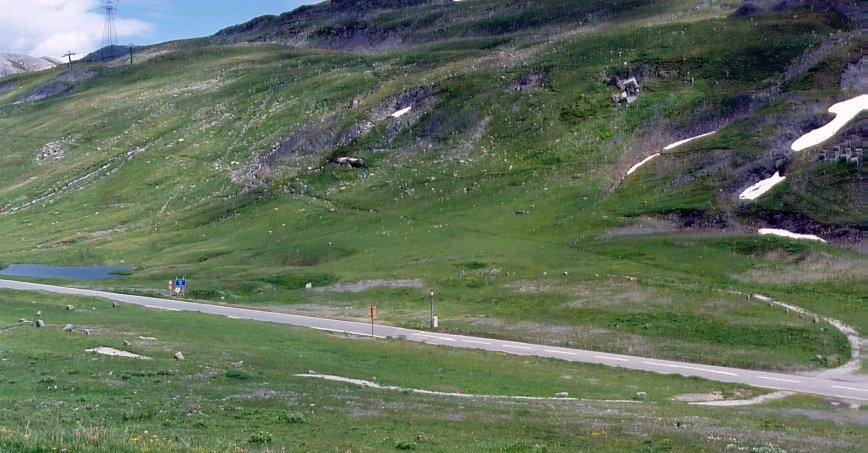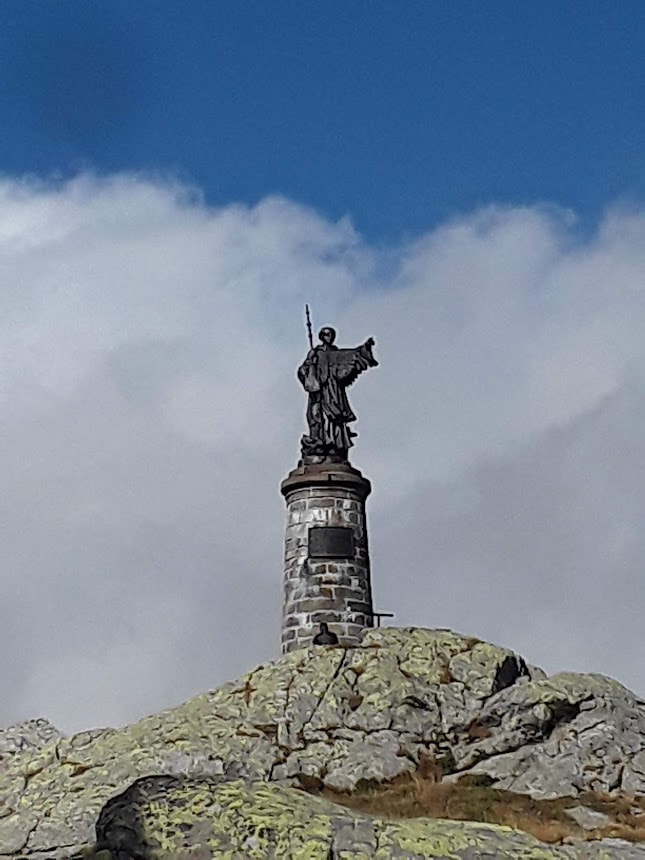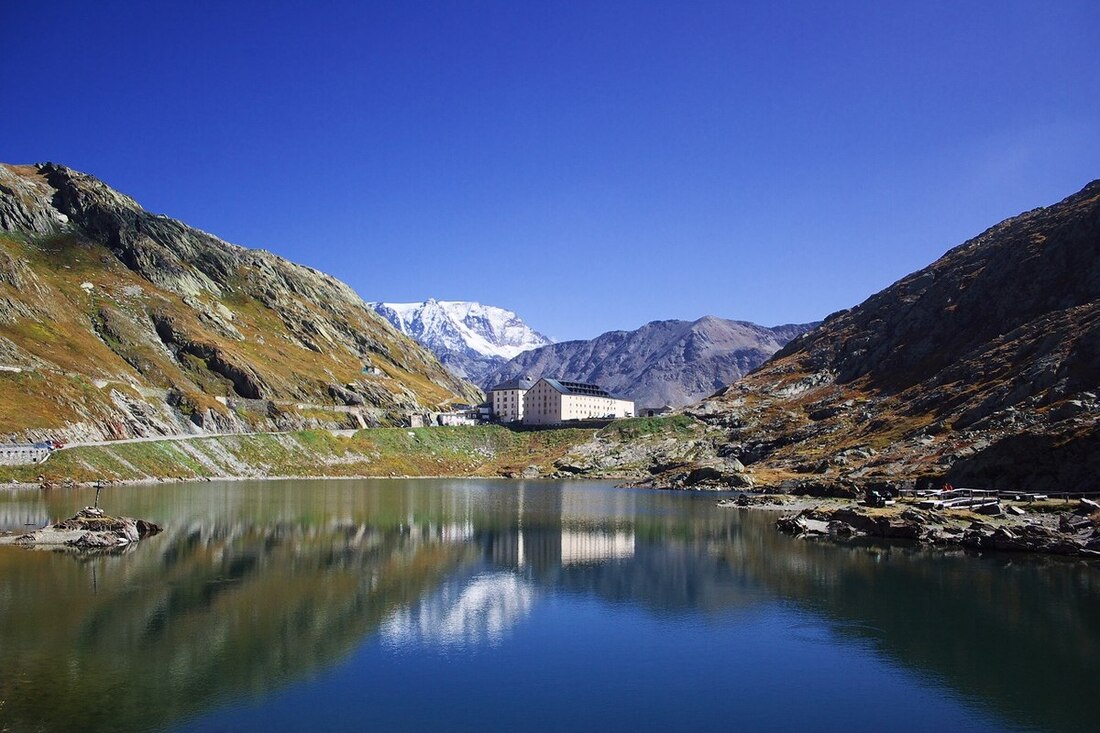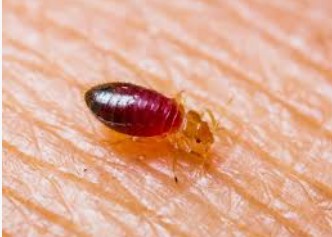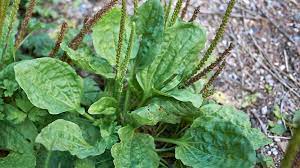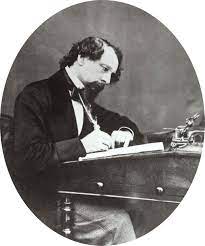
In the autumn of the year, Darkness and Night were creeping up to the highest ridges of the Alps. . . . The air had been warm and transparent through the whole of the bright day. Shining metal spires and church-roofs, distant and rarely seen, had sparkled in the view; and the snowy mountain-tops had been so clear that unaccustomed eyes, cancelling the intervening country, and slighting their rugged height for something fabulous, would have measured them as within a few hours’ easy reach. Mountain-peaks of great celebrity in the valleys, whence no trace of their existence was visible sometimes for months together, had been since morning plain and near in the blue sky. And now, when it was dark below, though they seemed solemnly to recede, like specters who were going to vanish, as the red dye of the sunset faded out of them and left them coldly white, they were yet distinctly defined in their loneliness, above the mists and shadows.


